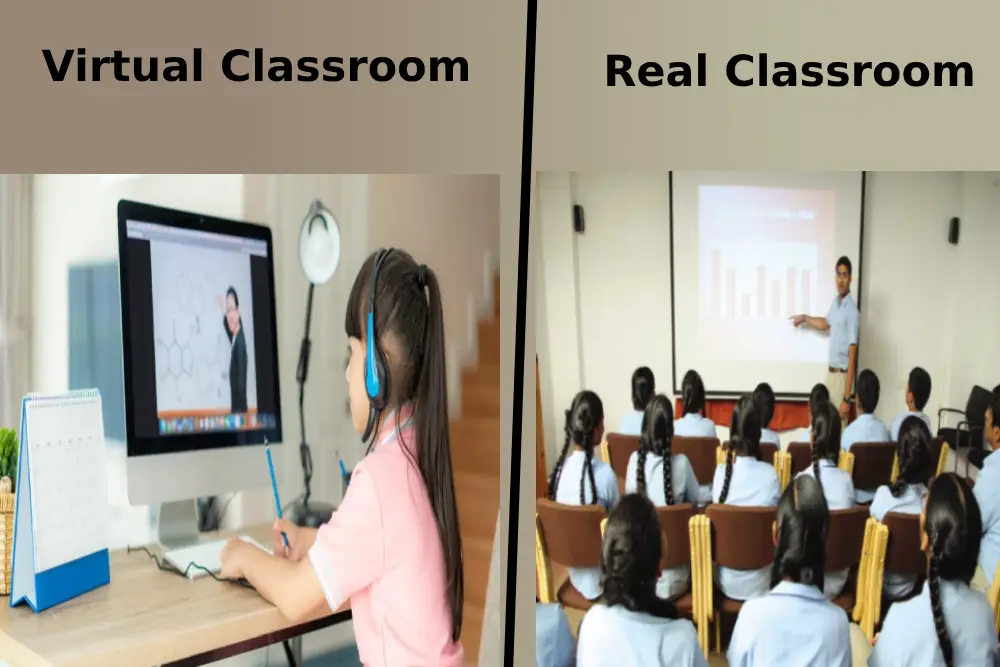“India will be under complete lockdown for 21 days”, Modi ji said. The announcement made by Prime Minister at the outbreak of pandemic Covid-19, though imperative, impede the speed of fast emerging India. Exponentially increasing virus, not only swayed the economic sector but, badly affected academia all over the world.
Educationists straightened their back to bring the schools to home. Tsunami of virtual classes created the clamour in academe. Online platforms like Google meet; Zoom & Skype started earning profits with the blessing of Corona and rejoiced the needs of politicians.
Online classes are not new-fangled notion. Radio and TV have been the source of imparting education but the role of internet in this chain certainly cannot be avoided. Internet found to be seen as the life supporter in this period of lockdown especially in the field of education to ensure continued learning of students.
Virtual classes emerged as an alternative of real classroom situation to control the disruption caused by pandemic that was taking tumultuous form. But, can it be really seen as an alternative of real classroom in developing country like India?
As per the report of National Sample Survey Office, only 42% urban and 15% rural population have access to internet. More on that, only 35% urban and 11% rural folk use internet not more than one month. Hence, the thought of transmitting maximum information to maximum number of students is worth contemplating.
Schools are not mere institutions rather a scaffold providing stairs to poor students and help them acquire their dreams by making them recognize their potentials. Now, since they have no or limited access to internet, virtual class appear more like an agony to them.
Parents send children to school for their holistic development. They learn discipline, caring, sharing, democracy, secularism all at one place but this interval of online education have unexpectedly turned them into a well frog though virtually brought them science museum botanical garden etc. but certainly cannot replace their viewing things at first-hand experience.
It is arduous to concentrate on small screen of laptop or mobile phones when a student cannot continuously focus on a bigger class board. I had commonly heard complaints of headache and vision related problems due to the optimum use of mobile phones because they could not go to school , so schools were brought home in small screen that not only benefitted internet companies but opened up the room for private institutions to extract their tuition fees.
All institutions and agencies geared up to supply e-learning material for continued learning of students as this was the only option in this catastrophic period but reflected minimal on the preparation of text books and teachers who were not accustomed to this. Even the objectives were not made clear.
However, we should not forget that every coin has two aspects so is the case of e-learning and real classroom. Students can never reverse or forward the chapter in face-to-face interaction but, able to do so in the recorded one for his/her better comprehension. Moreover, he can review this at his suitable time.
Some subjects like Mathematics and Science, history, geography etc. are better taught online with better audio visual effects. Pupils are free to ask their queries without the feeling of peer pressure and competition. Students can conveniently check out many videos in respect of science, history and subjects like that.
Still, it would be too early to see e-learning the future of academia but, certainly can be viewed the panacea in the pandemic crisis.

